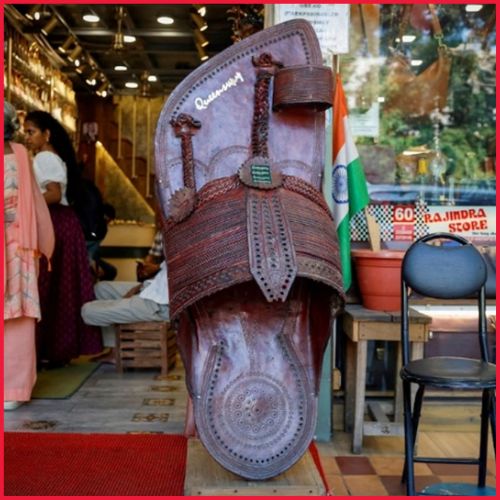Samsung Electronics on Thursday announced its poorest quarterly profits in 14 years, blaming a decline in consumer electronics spending and a global semiconductor glut that hurt its core memory division.
In a statement, the South Korean firm, which is among the biggest producers of memory chips and cellphones worldwide, reported a 95 percent decrease in operating profit to 640 billion won ($478.6 million). First-quarter revenues decreased 18% to 63.75 trillion won, and the company’s net income dropped 86.1 percent to 1.57 trillion won.
In light of the unsteady global socioeconomic situation, the corporation reported that “overall consumer spending slowed down.” Along with memory chip demand slowing, Samsung pointed the finger at declining chip prices, which typically account for approximately half of the company’s profits.
In its first operating loss since 2009, when the globe was coming out of the 2008 financial crisis, Samsung’s chip division posted losses of 4.58 trillion won.
The company stated that these issues were brought on by “ongoing price declines and an increased valuation loss… amid weakening sentiment and ongoing impacts of inventory adjustments by customers caused by prolonged external uncertainties.”
“Amid projections that customer inventory levels will have decreased,” the demand for memory is “expected to gradually recover” in the second half of 2023.
The company is the flagship unit of the enormous Samsung Group, which is unquestionably the biggest of the family-controlled conglomerates that rule business in Asia’s fourth-largest economy.
Reducing production
In recent years, Korean chipmakers, led by Samsung, have seen record profits as product prices have risen, but the global economic recession has hurt memory sales.
Consumer demand increased throughout the epidemic as they purchased new smartphones and PCs during lockdowns, forcing chip manufacturers to increase production. But as lockdowns were loosened and weakened further in the face of skyrocketing inflation and rising interest rates, demand swiftly decreased.
In an uncommon step for the company, Samsung stated this month it will reduce memory chip manufacturing to a “meaningful” level to address the excess. Previously, the company had said it would only make minor modifications.
The United States’ Micron Technology and South Korea’s SK Hynix have both decreased their output.
According to research published by Eugene Investment & Futures, Samsung’s “active” attempts to escape the inventory rut were “positively evaluated” in light of their impact on market sentiment and memory chip demand. The semiconductor industry is quite likely to rebound in the second half if collaboration among the chip makers on production reduction goes smoothly, even if the pace of demand recovery remains slow.
In the first quarter, Samsung’s new flagship Galaxy 23 smartphones helped overcome deficits in the chip industry, but analysts anticipate conditions to deteriorate and potentially cause Samsung to experience its first earnings loss since 2008.
Hwang Min-seong, an analyst at Samsung Securities, told the Yonhap news agency that “we cannot rule out the possibility of Samsung swinging to the red when the effect of new smartphones diminishes.”
The recent decline in profitability hasn’t stopped Samsung from making risky investments; in March, the company announced plans to invest $227 billion over the next 20 years on the construction of the largest chip center in the world in Yongin, south of Seoul.














